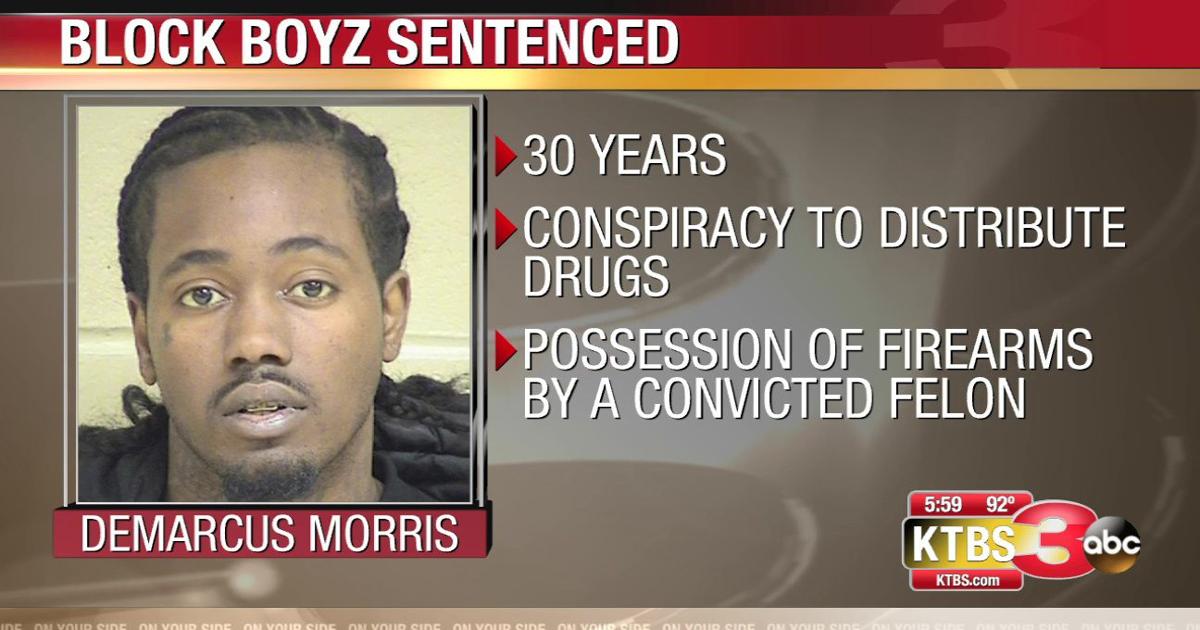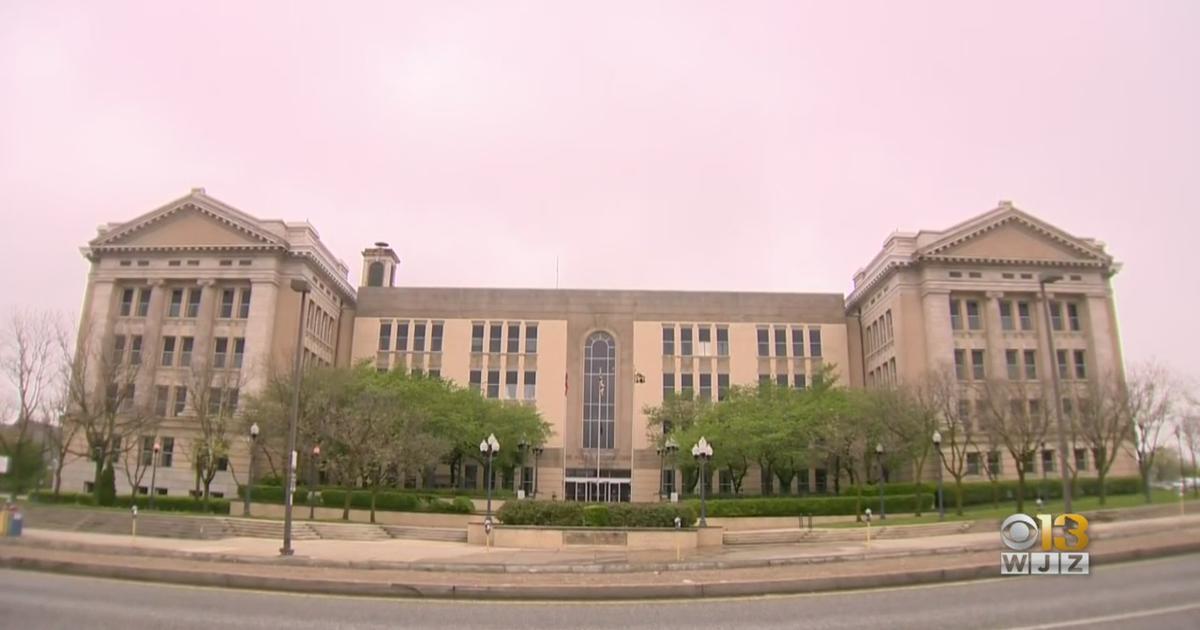Speaking of Affordable Housing,
Full free book:
xxvi, 350 p. ; 22 cm
archive.org
James O. Breeden, ed.
Advice Among Masters: The Ideal in Slave Management in the Old South.
Greenwood Press, Westport, CT: 1980.
Chapter 8: Housing (Virginia)
“Virginia Husbandry. Observations Made Thereon by the Editor of the American Farmer on an
Excursion in that State during the Last Summer,” American Farmer 2 (March 16, 1821): 401-404.
Their habitations are very comfortable, and they scarcely know any restraint in the
consumption of fuel, although it is often purchased at the rate of from $50 to 480 per
acre (the wood leased) from land but moderately timbered. For the sake of economy I
have adopted the use of the Dutch stove. My negro houses being constructed of hewn
logs are very warm and comfortable, each of which is furnished with one of these
stoves, notwithstanding the consumption of fuel is very great and expensive,
particularly in the item of hauling which is constant and laborious throughout the
season of winter, but there is nevertheless a considerable saving in this mode compared
with the wide, deep chimneys which generally prevail.
“Management of Slaves, &c.,” Farmers’ Register 5 (May 1837): 32-33.
Hewed log cabins with white oak sills, 16 feet by 18 , make very comfortable houses.
The roof should be framed. The old fashioned cabins, with log roofs and slabs not nailed
but merely confined by logs, almost invariably leak and keep the cabin floor always wet,
which, I have no doubt, is one origin of the catarrhal affections which terminate in what
is called “negro consumption.” But these cabins are going fast out of use. It is highly
important that dirt-floors should be raised a foot higher than the surrounding surface of
the earth, and well rammed, to keep them dry. The hewed log cabins with hewed sills
will out last three sets of cabin roofed houses.
William H. Harrison, “Stoves for Negroes’ Dwellings,” Farmer’s Register 8 (April 30, 1840): 212-
213.
One of the greatest obstacle to the improvement of our farms in this part of Virginia is
the time and labor necessary to collect fuel for ourselves and slaves. This, on almost
every large farm, occupies, during the winter months, nearly all the force and all the
teams of the estate. Thus we have, comparatively, no time for the accumulation of the
means of manure, or the distribution of it when made. I will suggest a plan that will
secure to our slaves as much comfort as at present, and at the same time save their
masters the endless vexation of always cutting and hauling wood. It is simply to
substitute stoves in place of the eight-feet fireplaces, which consume a log at a firing.
From accurate experiments during the last five years, I have found that a stove would
consume, in a given time, but one-tenth the wood of a common fire-place, whilst the
general warmth and comfort of the room was four times as great. Thus the total gain
was as one-tenth to four. But to my plan.
Let a 40 by 20 house be put up; the basement frame or brick (I would prefer the latter),
10 feet pitch. Divide this by cross partitions, so as to leave the centre or stove room 16
by 20. The end rooms will of course be 12 by 20. Divide these again, so as to make each
two dormitories 12 by 10. Thus the ground floor will consist of four lodging rooms, two
on each side of the stove room. In the centre of this middle apartment or stove room,
have a cheap cast iron stove, with a pipe sufficiently long to extend through the roof of
the house in a vertical position. Such a stove and pipe can be bought and fixed for $12,
or at the most $15. The garret might also be divided, if desired, into four or five
sleeping rooms. I would have all the rooms properly ventilated by windows at proper
distances. I annex a diagram to illustrate my views.
Such a building would cost but a trifle in comparison with the saving it would effect. The
stove room would accommodate comfortably 32 persons, and the four lodging rooms
on the first floor and the four garret rooms would easily lodge this number. To
accommodate this number of slaves upon the present plan with fire would require eight
fire places; but I have shown that each fire place will consume at the minimum 10 times
as much fuel as a stove. Hence the total gain in fuel will be as 80 to 1. Or 1 load of
wood will upon this plan keep 32 slaves as comfortable, and for as long a time, as 80
loads upon our present system. I need not point out to him who groans under the
unceasing toil of providing fuel for his slaves the great benefit of diminishing his labor
eighty fold; nor need I advert to the humanity of an arrangement which would secure to
every slave, however old and decrepit, comfort and warmth at all times.
St. George Cocke, “Plantation Management.—Police,” De Bow’s Review 14 (February 1853):
177-178.
8th . Comfortable and ample quarters will be provided for the negroes. Each family will
have a separate room with fireplace, to be furnished with beds, bedsteads, and blankets
according to the size of the family; each room will, also, be furnished with a table,
chairs, or benches, and chest for the clothes, a few tin plates and cans, a small iron pot
for cooking, &c.
R.W.N.N. “Negro Cabins,” Southern Planter 16 (April 1856): 121-122.
The ends aimed at in building negro cabins should be: First, the health and comfort of
the occupants; Secondly, the convenience of nursing, surveillance, discipline, and the
supply of wood and water; and Thirdly, economy of construction.
Of course, the convenience of locality must be judged of by the builder. I only propose
to consider the subject in its economic and healthful aspects, and to this end
recommend that negro cabins should be built of plank, have large glass windows and
good chimneys, should be elevated at least two feet above ground, and never placed
within less than 75 or 100 yards of each other. When inch plank is not worth above
$1.25 per hundred feet, I consider the plank house cheaper than either log or masonry.
At this price the cost of plank for a house 16 feet square will not exceed $15, for which
sum I would not furnish, hew, haul and put up logs to build a house of the same size.
The planking is put on up and down, and I use a double course of planking instead of
narrow strips, this I find makes a very comfortable cabin both for summer and winter. If
the builder chooses to incur a slight additional expense and should dress the outer
course and give it a coat of paint, this, with a projective eave and some cheap
ornamental cornice, makes a very pretty house and obviates the necessity for sticking
the negro cabin out of sight of the mansion.
The floors of negro cabins should be of plank rather than dirt, and should be dressed
and jointed but not nailed down, that every plank might be taken up occasionally and
cleansed of any filth that may have settled upon them. Lime and other disinfecting
agents should be freely used.
Negroes should be well supplied with light. The “prefer
darkness to light,” and unless watched will exclude the light entirely from their houses.
Their houses should be provided with large glass windows, and when a pane is broken
they should be made to replace it rather than fill its place with old rags. Light and air
are necessary to the proper making of blood; and negro women and children, who
spend so much time within doors, should be compelled to enjoy both of these elements.
Glass windows enable the negro to do much work “in doors,” and are surely more
convenient than a lightwood knot in enabling the physician or nurse, in case of sickness,
to examine the patient or minister to his wants. I think a doctor has just cause of
complaint when forced to burn a negro’s eyebrows off with a pine torch before he can
get a sight of his tongue at mid-day.
Negro houses should be provided with chimneys that don’t smoke. Air-tight stoves are
liable to give negroes cold from the extremes of temperature they produce and are
objectionable in that they give no light. The Franklin stove is well adapted to negro
cabins … Any thing is better than a smoking chimney. On many of our Virginia farms, I
doubt not there is lamp-black enough accumulated in the breathing tubes of the
negroes during the night to black the master’s boots in the morning.
Cabins should not be placed at a less distance than from 75 to 100 yards from each
other, for the reason that it is highly probable that infectious diseases, such as scarlet
and typhoid fever, measles, whooping cough, and even small pox may not be
communicated at that distance.








